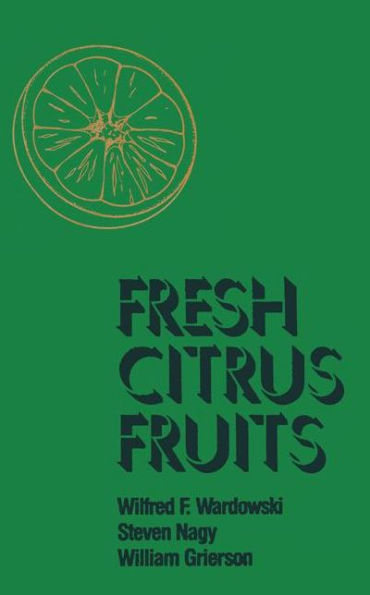Fresh Citrus Fruits
World production of citrus fruits continues an upward trend. Total world citrus production in 1961 amounted to about 24 MMT (69% oranges, 11 % tangerines, 11% lemons and limes, and 9% grapefruit) and is projected in 1990 at about 71 MMT (69% oranges, 14% tangerines, 10% lemons and limes, and 7% grape fruit). More than 125 countries and territories produce some type of citrus fruit; however, nearly 70% of the world total (54 MMT) in 1983 was accounted for by the ten largest producers, viz., United States (22.2%), Brazil (18.6%), Japan (6.6%), Spain (5.5%), Italy (4.8%), Mexico (4.0%), Argentina (2.8%), Israel (2.6%), Turkey (2.6%), and Egypt (1.8%). In 1983, about 60% of world citrus production was consumed in fresh form. During the 1960s and 1970s, fresh consumption increased at an average rate of about 4% per year; however, projections for the 1980s and 1990s show an annual average rate of only 2%. Countries differ in the utilization of their citrus crop. As an example, Mediterranean Basin countries use 80% of their production in fresh form, whereas the two largest citrus producers, the United States and Brazil, use less than 40% of their production in fresh form. The Mediterranean Basin countries are also the largest exporters of fresh citrus, accounting for about 75% of the world total. The major fresh citrus fruits exported in 1981 were oranges, (58%), tangerines (15%), lemons and limes (15%), and grapefruit (12%).
1101453565
Fresh Citrus Fruits
World production of citrus fruits continues an upward trend. Total world citrus production in 1961 amounted to about 24 MMT (69% oranges, 11 % tangerines, 11% lemons and limes, and 9% grapefruit) and is projected in 1990 at about 71 MMT (69% oranges, 14% tangerines, 10% lemons and limes, and 7% grape fruit). More than 125 countries and territories produce some type of citrus fruit; however, nearly 70% of the world total (54 MMT) in 1983 was accounted for by the ten largest producers, viz., United States (22.2%), Brazil (18.6%), Japan (6.6%), Spain (5.5%), Italy (4.8%), Mexico (4.0%), Argentina (2.8%), Israel (2.6%), Turkey (2.6%), and Egypt (1.8%). In 1983, about 60% of world citrus production was consumed in fresh form. During the 1960s and 1970s, fresh consumption increased at an average rate of about 4% per year; however, projections for the 1980s and 1990s show an annual average rate of only 2%. Countries differ in the utilization of their citrus crop. As an example, Mediterranean Basin countries use 80% of their production in fresh form, whereas the two largest citrus producers, the United States and Brazil, use less than 40% of their production in fresh form. The Mediterranean Basin countries are also the largest exporters of fresh citrus, accounting for about 75% of the world total. The major fresh citrus fruits exported in 1981 were oranges, (58%), tangerines (15%), lemons and limes (15%), and grapefruit (12%).
109.99
In Stock
5
1

Fresh Citrus Fruits
571
Fresh Citrus Fruits
571Paperback(Softcover reprint of the original 1st ed. 1986)
$109.99
109.99
In Stock

Product Details
| ISBN-13: | 9781468487947 |
|---|---|
| Publisher: | Springer US |
| Publication date: | 11/16/2012 |
| Edition description: | Softcover reprint of the original 1st ed. 1986 |
| Pages: | 571 |
| Product dimensions: | 6.10(w) x 9.25(h) x 0.05(d) |
From the B&N Reads Blog
